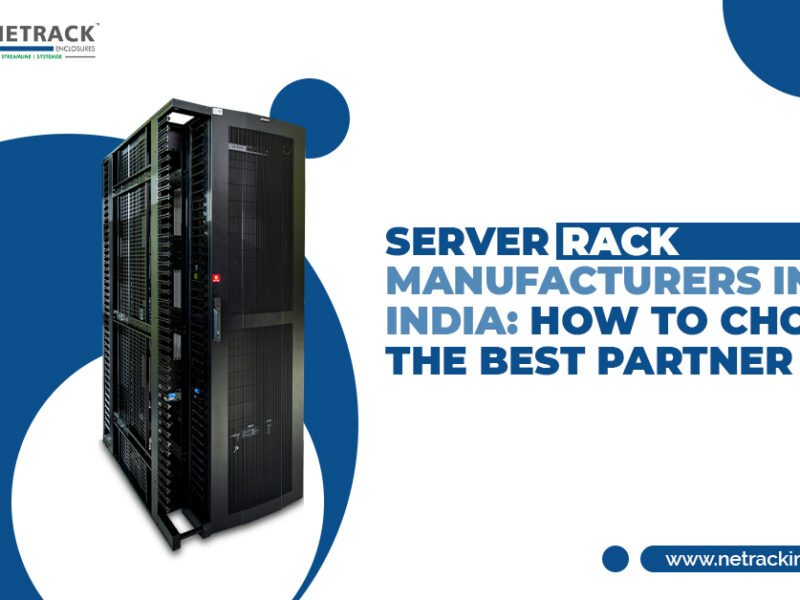
Choosing the Right Network Rack for Your Business: Key Factors to Consider
Building from scratch or upscaling an IT infrastructure is one of the most critical and often overwhelming tasks that modern businesses face. From selecting the right servers and networking equipment to ensuring efficient power backup and cybersecurity, every decision can have a lasting impact on a company’s performance, scalability, and operational resilience.
Among these decisions, one component is often underestimated – the network rack. At Netrack, we understand that while racks may appear to be just a structural framework, they are, in reality, the unsung heroes of your network hub room. A well-chosen rack is easy to maintain, offering enhanced security and room for future growth, while protecting your valuable equipment from physical and environmental stress.
Understanding the basics – rack units, dimensions, and load capacity
The first step in choosing a network rack is to decide on the required dimensions as per the available space. Network racks are measured in rack units (U), where each unit is 1.75 inches high or 44.45 mm. Standard sizes range from – 24U to 48U or more. Depending upon the network equipment, servers and future plans, one should make a conscious decision. Here, one should also consider the weight capacity of the rack since servers, switches, and other hardware can increase the load on the rack.
Now, racks with adjustable mounting rails and removable side panels make it easy to install new devices or reconfigure existing setups. Hence, Netrack believes that additional space in the rack with reinforced frames is essential to accommodate any new equipment towards the later phase of installation. It also ensures proper ventilation improving airflow performance. The better the weight distribution, the lower the chance of any structural damage.
Open racks vs. closed racks: Choosing what suits your environment
Every organization is unique so is their network rack enclosure requirement. Hence, the type of rack you choose should depend on your deployment environment. For that, let’s do a deep dive to understand the two broad categories of racks.
Open Racks
- They are ideal for: IT hub rooms, labs, and large data centers.
- They have advantages: Easier access for maintenance, cost-effective, and excellent natural airflow.
- Certain factors to consider: Limited protection against dust, noise, and unauthorized access. Cable management must be thoughtfully executed.
Enclosed Racks
- They are ideal for: Enterprise data centers, server/Network rooms requiring enhanced security and controlled environments.
- They have advantages: Lockable doors, noise dampening, better dust control, and organized cable pathways.
- Certain factors to consider: Require enhanced cooling systems to prevent overheating. However, they offer better equipment protection and are more visually organized.
Netrack offers both open frame racks and enclosed cabinets, with modular options to adapt based on the requirement and infrastructural growth.
Need for cable management
A good cable management reduces the chance of equipment overheating and also makes troubleshooting of wires easy for the technician. Here, Netrack recommends racks with built-in cable management features, such as high density vertical and horizontal cable organizers, cable tie points, and trays. This can reduce the troubleshooting time, thus reducing the time for outage.
Power distribution
Most Network racks accommodate rack-mounted Power Distribution Units (PDUs) that enable power distribution across devices. Hence, choose PDUs with energy-monitoring features to monitor power consumption. This will prevent overloading and eventually reduce downtime.
Build with the future in mind
Choosing the right Network rack is more than selecting a steel box. It is about building a foundation for performance, scalability, and sustainability. The right rack supports more than just your equipment; it supports your business goals, your uptime metrics, and your team’s productivity. At Netrack, we design and manufacture racks with one mission in mind: to make your infrastructure smarter, safer, and future-ready.




